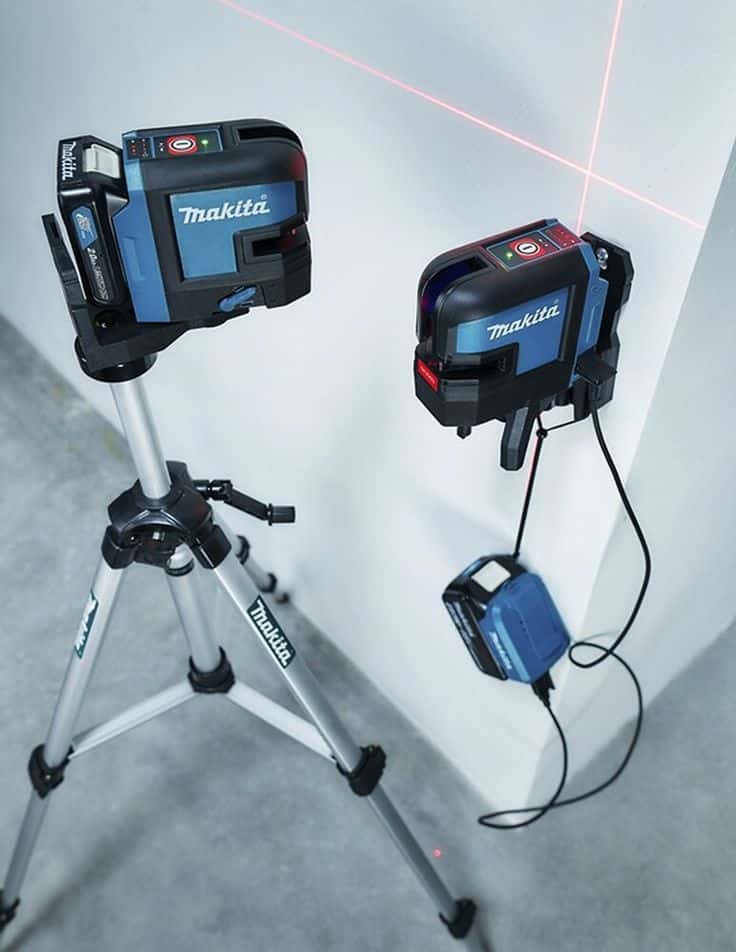How to correct the slope of a terrace on pedestals: Practical guide
The terraces have become an essential element of the outdoor layout, offering a friendly space to relax, receive guests and enjoy the beautiful season.
However, it can happen that the terrace has an incorrect slope, which can lead to problems with rainwater runoff, discomfort during use and even long-term damage. Fortunately, correcting the slope of a terrace on pedestals is a feasible task that can be undertaken by owners concerned with ensuring the functionality and aesthetics of their outdoor space.
In this article, we will explore the steps necessary to correct the slope of a terrace on pedestals in a simple and effective way.
Step 1: Situation Assessment
Before starting any slope correction work, it is crucial to determine the current situation of your terrace. Use a spirit level to measure height differences between different studs and spot areas that require correction. Note where water is stagnating or flowing incorrectly.
See the assembly guides on the YEED website.
Step 2: Slab Removal
If your deck is already paved, you will need to remove the existing tiles to access the pedestals. Do this carefully to avoid damaging them. This will allow you to access the studs and work on slope correction.

Step 3: Adjusting the adjustable pedestals
The adjustment of the pedestals is a crucial step in the process of correcting the slope of a terrace on pedestals. This step creates a solid and level support for the terrace slabs, ensuring a flat and safe surface for outdoor activities. Here’s how to do it accurately and efficiently:

- Identification of the pedestals to be adjusted
After assessing the current situation of your terrace, you will need to identify the pedestals that require adjustment. These adjustable pedestals are usually located in areas where water stagnates or flows incorrectly. Use a spirit level to determine the height differences between the pedestals and locate problem areas. - Increase the height of the pedestals
If you notice that the slope of the terrace is oriented inwards, that is, water tends to accumulate in the center, you will need to increase the height of the studs concerned. To do this, you can use plastic or rubber wedges specially designed for terrace pedestals. Place these wedges under the pedestal to gradually increase the height.
- Reduce the height of the pedestals
In the event that the slope of the terrace is directed outwards, causing an undesirable flow of water to the edges, you will need to reduce the height of the pedestals. This step may require more precision, as you may need to saw or cut part of the pedestal to get the desired height. Be sure to use appropriate tools and follow the manufacturer’s instructions to perform this operation safely.
- Use of a laser level
To ensure precise adjustment of the pedestals, the use of a laser level can be extremely useful. A laser level projects a straight and horizontal line, facilitating precise alignment of the studs at the same height. This prevents grading errors and ensures a uniform surface throughout the deck.
- Frequent verification of levelling
As you adjust the studs, it is important to frequently check the leveling using a spirit level or laser level. Make sure that the pedestals are properly aligned and that the surface of the terrace is increasingly flat as you progress in the adjustments.
By carefully following these steps and working carefully, you will be able to adjust the pedestals of your terrace in order to effectively correct the slope. Keep in mind that patience and precision are essential to achieve a satisfactory end result. Once the adjustments are complete, you can move on to the next step to check the overall levelling and proper water flow on your deck.
Step 4: Water Flow Test
An essential aspect of slope correction is to ensure that water flows properly. Use a garden hose to simulate rain and observe how the water flows. It should naturally go to the outside edges of the terrace and not to the center. If you notice flow problems, adjust the pads accordingly.

Step 5: Finishing
Once you are satisfied with the leveling and water flow, permanently replace the slabs on the pedestals. Make sure they are in place and that there is no imbalance. Your terrace is now ready to be used safely and with an aesthetically pleasing appearance.
Find our range of self-leveling pedestals for slope adjustment
Correcting the slope of a terrace on pedestals may seem a bit complicated, but with the right steps and a little patience, you can get an optimal result. A properly leveled terrace not only improves the appearance of your outdoor space, but also avoids the potential problems associated with water accumulation. By following this practical guide, you will be able to correct the slope of your terrace on pedestals and take full advantage of this outdoor living space.

